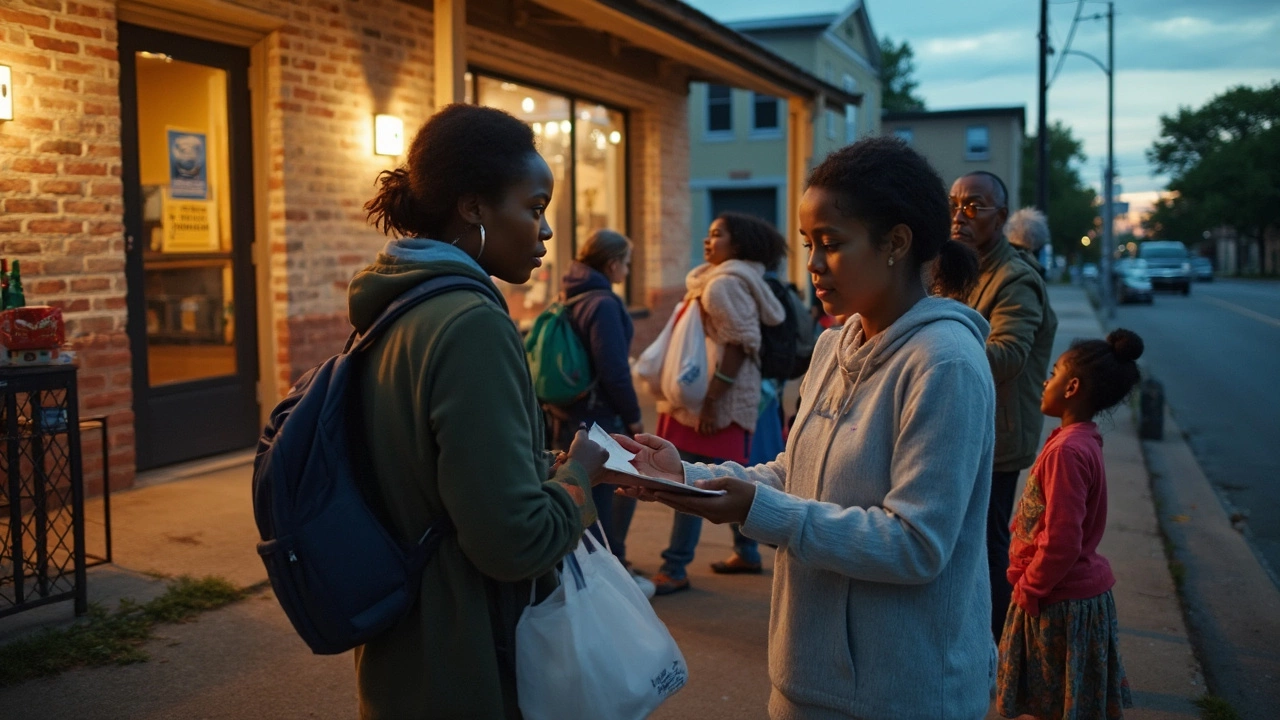Go Grant: A No‑Nonsense Guide to Finding and Securing Funding
Grants can feel like a mystery, but they don’t have to be. Whether you run a community group, a small nonprofit, or a personal project, there’s a grant out there that matches your needs. This guide walks you through the basics so you can stop hunting blind and start applying with confidence.
Where to Look for Grants
The first step is knowing where to search. Government websites are a goldmine – think gov.uk for UK charities or grants.gov for US programs. Local councils often post small‑scale grants for community events, park clean‑ups, or youth clubs. Don’t overlook foundations; many have simple online portals that let you filter by location, sector, and budget.
Another easy spot is your local library or community centre. They keep printed lists of current grant calls and sometimes host free workshops on how to apply. If you belong to a professional network or a hobby club, ask around – members often share tips about niche funds that aren’t widely advertised.
Finally, set up Google alerts for keywords like “grant opportunity 2025” or “community funding application”. You’ll get fresh listings straight to your inbox, so you never miss a deadline.
How to Write a Strong Application
Once you’ve found a grant that fits, the real work begins: the application. Start with the basics – read the guidelines line by line. Note the word count, required documents, and any specific formatting rules. Missing a tiny detail can knock you out before the reviewers even see your idea.
Next, craft a clear, compelling story. Explain what you want to do, why it matters, and who will benefit. Use plain language and avoid jargon; reviewers are busy and appreciate a read that gets to the point quickly. Include measurable goals – instead of saying “help the community”, say “provide free after‑school workshops for 100 children in the next six months”. Numbers make your impact easy to picture.
Budget sections often cause panic, but keep them simple. List every cost, from supplies to travel, and tie each expense back to a specific activity. If a line item seems large, add a brief justification – “printer ink for 200 flyers to announce the event”. Transparency builds trust.
Proofread like a pro. Ask a friend or colleague to read your draft; fresh eyes catch typos and unclear phrasing. If the funder offers a template, use it. Templates already match the reviewer’s expectations, saving you time and boosting consistency.
Finally, submit early. Technical glitches happen, and a last‑minute upload can fail. Having a buffer lets you double‑check everything and avoid the stress of a rushed submission.
Grants might seem intimidating at first, but with the right sources and a solid application, you can turn ideas into funded projects. Use this guide as a checklist, stay organized, and keep an eye on new opportunities. Your next grant could be just a few clicks away.

Go Grant Arkansas: How It Helps People Facing Homelessness
The GO Grant in Arkansas gives practical help to people facing homelessness, not just students. This article breaks down what the GO Grant is, who can apply, and what kinds of support it offers. You’ll learn how it connects people to shelters, helps pay for essentials, and even gives tips for successful applications. From real-life scenarios to tips on finding the right resources, this guide is for anyone needing clear advice about this unique Arkansas program.